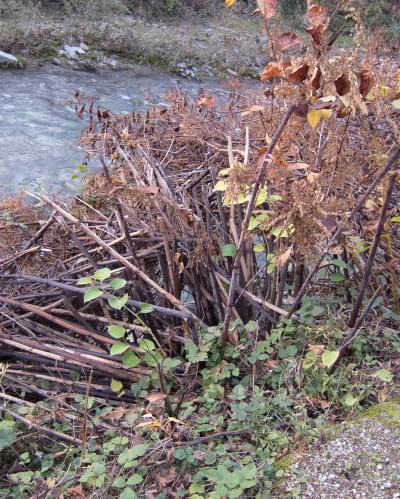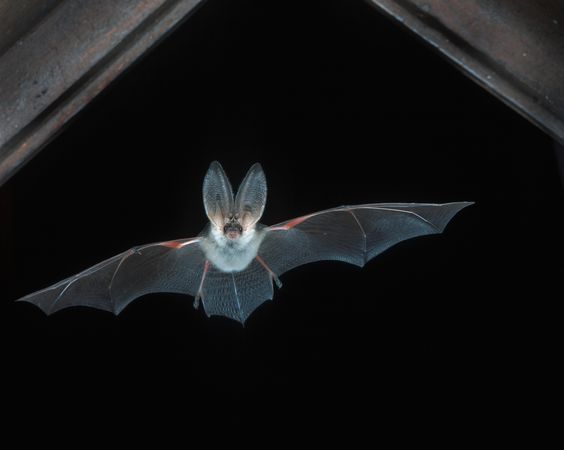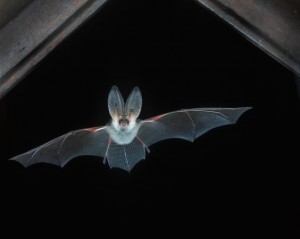
The Big Challenges Facing German’s Economy – Daily Reckoning
February 3, 2014
Are invasive plants a problem in Europe? Controversial views among invasion …
February 3, 2014Call it a comeback. After a prolonged decline, populations of several bat species are on the rise, according to a new report by the European Environment Agency.
The largest-yet study of European bat population trends surveyed 16 of the 45 European bat species in nine countries.
The results show that several bat populations increased by 43 percent between 1993 and 2011, though the scientists cautioned that the flying mammals are still vulnerable.
“This is the first time such a large group of monitoring schemes within Europe all got together,” said Karen Haysom, science director at the Bat Conservation Trust in London and one of the researchers who coordinated the study.
Bat populations declined severely in Europe during the latter half of the 20th century due to changes in land use, habitat loss, and even poisoning from toxic timber in house roofs. (Read about diminishing bats in National Geographic magazine.)
European bats have also faced unique difficulties, Haysom said: “One of the problems in the past is that bats were widely feared and deliberately killed.”
That attitude is changing, though, and the recent population increase is most likely due to better protection for bats across Europe, she said.
“All bats are protected by law in Europe, and there is an intergovernmental agreement to conserve European bat populations, [called] the EUROBATS agreement,” she said.
In addition, public education and awareness have made a big difference, Haysom added.
Bat Conservation Boost
For the new report, scientists and volunteers counted and cataloged hibernating bats at 6,000 sites in Latvia, Hungary, the Netherlands, Austria, Portugal, Slovenia, Slovakia, the United Kingdom, and the German states of Bavaria and Thuringia. The study adapted a statistical approach that had previously been used to study bird and butterfly populations. (Also see “First Fishing Bat Discovered in Europe.”)
“Having such an excellent source of data collected by volunteers, it’s absolutely amazing to see,” said Haysom.
The scientists will also use the data to figure out where bats are living and how their populations are changing, making the report “a very valuable tool to help conservation efforts,” Haysom said.
Bat population trends can serve as a useful indicator of whether biodiversity is being lost in a particular place, Haysom said.
“We expect that they will respond to climate change and other big environmental issues, and by looking at different groups of bats and seeing how they have been affected, we can better understand how wildlife in general is affected,” she said. (Related: “Climate Change Affects Ultrasonic Bat Signals for Better, Worse.”)
Not Out of the Woods Yet
Haysom cautioned that while the increase in population was a positive sign, European bats aren’t out of the woods yet. Bat populations are still vulnerable to potential emerging threats such as wind turbines and the deadly white-nose syndrome that has devastated North American bats. (See pictures of bats in decline.)
“Individual bats live a relatively long time and breed slowly, so they have a naturally slow rate of recovery,” she said. “That’s why declines are so serious.”
Haysom said she was hopeful that the current study would lay the groundwork for future monitoring of European’s bat populations.
“The more countries and species represented, the better a picture we will get,” Haysom said. Monitoring would also allow problems such as white-nose syndrome to be identified early in different populations, she said.
Overall, “the study provides a cautiously encouraging message,” Haysom said: “It shows that positive conservation stories are possible.”





